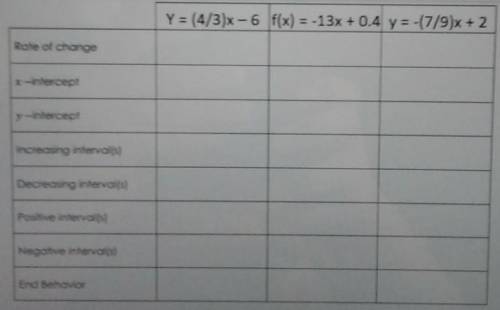Mathematics, 22.06.2019 03:00
Suppose that prices of a gallon of milk at various stores in one town have a mean of $3.71 with a standard deviation of $0.10. using chebyshev's theorem, what is the minimum percentage of stores that sell a gallon of milk for between $3.41 and $4.01? round your answer to one decimal place.
Answers: 2




























